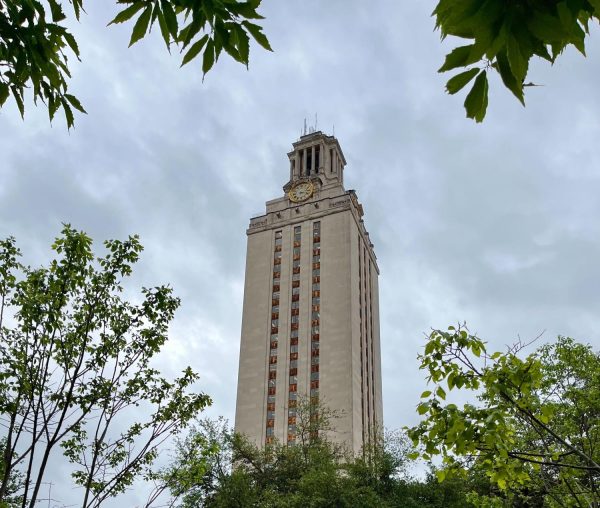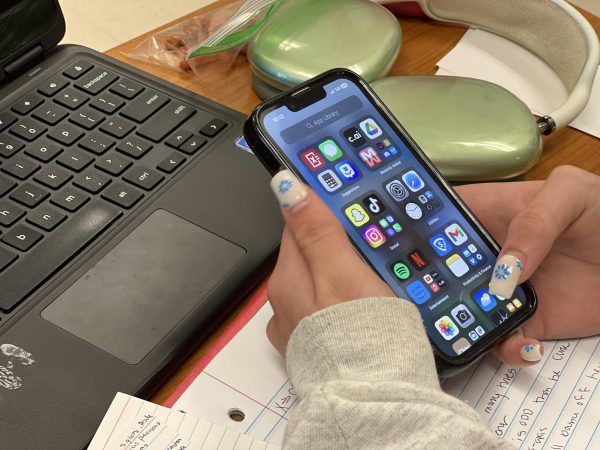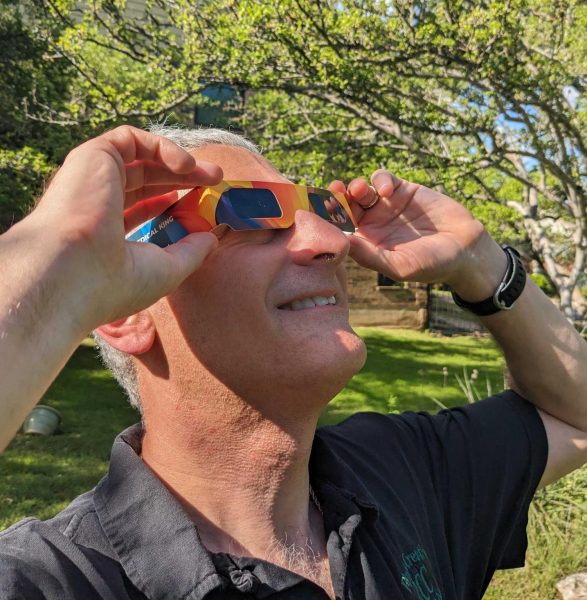Austin Water Utility Issues City-Wide Boil Notice
The water fountains remain covered so students do not drink potentially contaminated water.
In response to the abnormal abundance of rain in the past week, the watershed of the Greater Austin Area brought sediment, debris, and contaminants directly into our daily water supply. To address this unprecedented incident, the company issued a city-wide boil effective Monday, Oct. 22, to protect public health. Specifically, if not ingesting bottled water, consumers must boil all tap water used for drinking, cooking, and freezing for three minutes until the water reaches a rolling boil.
never witnessed in the 100 years of Austin Water Utility’s life.
“What’s happening is that the water that the Austin Water [Utility] uses to provide water service to their customers comes from the Highland Lakes system, specifically Lake Travis and Lake Austin. Now, as you remember, the water that is in those lakes has [had] significant runoff from the rains that we had last week. We filtered that water through water treatment. Traditionally, we use a couple of water treatment plants to make that happen and then we provide water to you,” Spokesperson for the City of Austin Bryce Bencivengo said. “At this point, the water that we are taking from the lake system is of such a poor quality; it has mud, filth, debris, [and] a variety of other things in it from the runoff that we are unable to filter it to a level that is required by our internal standards as well as the [standards of Texas Commission on Environmental Quality (TCEQ)].”
Due to the shortage of drinking water, the Austin Water Utility made the dire situation aware to the company’s commercial partners, in order to bring in water reinforcements.
“We’ve got water already coming from [the] San Antonio [Water Authority] for a variety of uses. We are also purchasing water from other locations. We have also worked with our retail partners — HEB, Randalls, and Costco — to make sure that they divert additional water to Austin,” Bencivengo said. “Obviously, we have seen a lot of water being sold today, but we should have likely more shipments coming to the area tomorrow continuing on for as long we need.”
To prevent a similar situation in the future, the Austin Water Utility will be developing preventative measures, though all plans and precautions are both heavily dependent on the situation of the environment and weather.
“Unfortunately we had substantial rains in a watershed that needed to be relieved downstream that also was unprecedented for this area. We are going to obviously do some after action looking at what point and if we need to obtain different methods to plan for something like this in the future, but I think it’s important to note that in over a hundred years something like this has never happened before. The water that we are receiving from the Highland Lakes is well over a hundred times more turbid, which is how much light passes through water,” Bencivengo said.
It is substantially worse than what we have ever experienced.
Because of the immediacy of the issue, it is still unclear when the conditions of the water supply will meet state standards and be ready for consumption again. Though there isn’t a definite date regarding the return of hygienic water, due to the immediacy of the issue, consumers are encouraged to conserve their sources of water in efforts of making the situation shorter.
“We are monitoring the condition of water, but there [are] a lot of factors including the usage of people in the system. We’d appreciate your help with getting the word out on [that] the conservation [of water] will help in making the situation shorter,” Bencivengo said. “By conserving water, we are able then to produce enough to build up reserves as well as to treat water more quickly so we can get out of this situation faster.”

Hey there! This will be my third year as a Westwood Student Press staffer and I can't imagine what my life would come to without being a part of such a...












